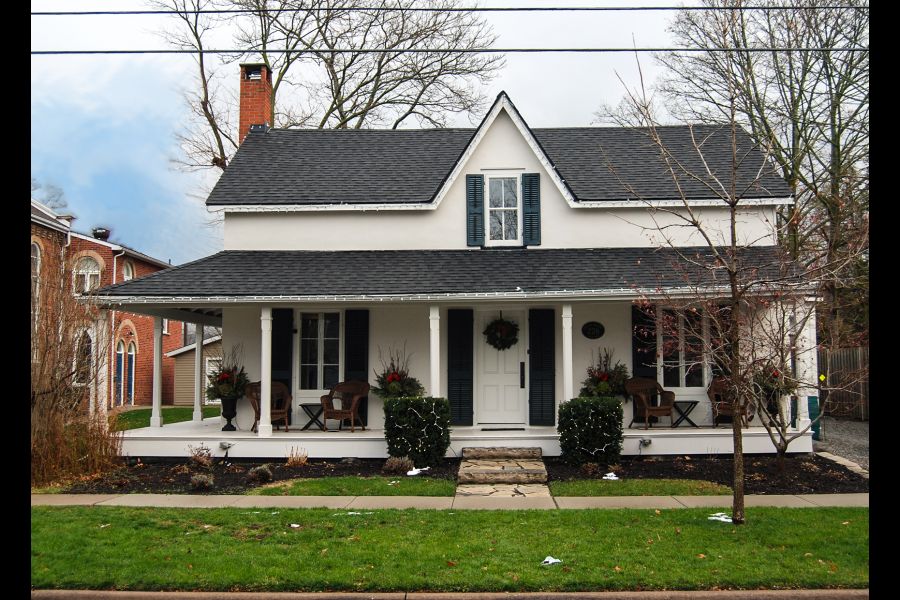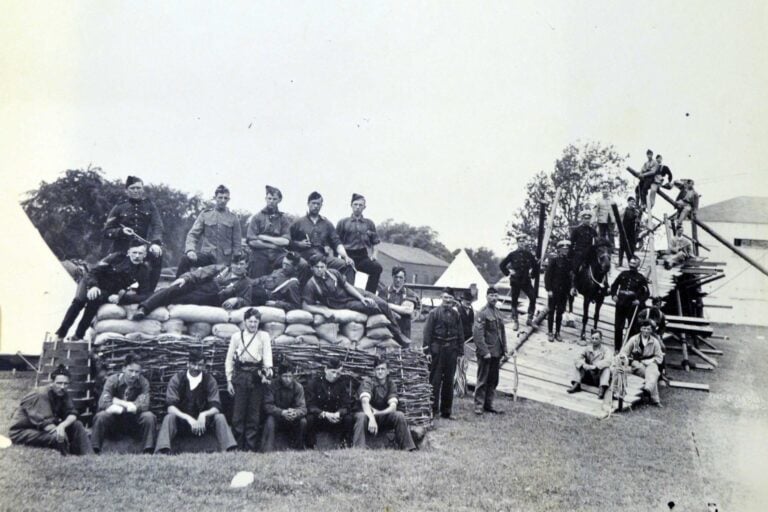In the past few days, I had occasion to take a fairly long walk along the streets of Old Town.
As is my wont, this stroll provided the opportunity to do some “house-watching” at a more leisurely pace than afforded by driving.
After a kilometre or so, punctuated by a few stops to take a closer look at this or that house, the prevalence of a certain type of exterior finish on many of the 19th-century houses began to register, particularly since this finish would not have been original and had substantially altered the presentation of the buildings to which it was applied.
I am talking here about stucco (or “render” if you happen to be British).
Now, stucco has been in use since before the days of ancient Greece. Historically, it was a lime-based mixture most often containing sand and water, although other aggregates and additives were occasionally mixed in.
Despite its long history, in Britain the use of stucco remained largely an oddity prior to the 19th-century rise of the architect John Nash. A champion of the Regency school, Nash catapulted stucco’s popularity in England and Wales during the first half of the 1800s.
In North America, the situation was largely similar, but delayed. In fact, broader acceptance of stucco was not achieved here until after the 1850 publishing of “The Architecture of Country Houses” by Andrew Jackson Downing. In this influential book, Downing touted stucco as cheaper, warmer and drier than plain stone or brick.
Despite enjoying a good measure of popularity, stucco remained well behind clapboard, brick and stone as a cladding choice. That is, until Portland cement took the place of lime in the stucco mixture around the turn of the 20th century and architectural styles such as Arts & Crafts, Art Deco, International and the Eclectics burst onto the scene.
Suddenly, everybody wanted this new “modern” finish on their home. A finish that not only refreshed their old home (in several colours no less), but promised to be largely maintenance-free. If anything in the building industry to that date could have been called a “craze,” stucco certainly was.
Let’s circle back to Niagara-on-the-Lake during the rebuilding after the War of 1812. Timber was plentiful and sawmills were running at full production.
At a somewhat higher cost, brick was locally made, as was the lime used in mortar. While both sandstone and limestone could be had, the former was significantly more expensive than brick and production of the latter was difficult enough to reserve it for use as lintels, water tables and decorative elements (such as keystones).
The use of rubblestone construction was generally limited to foundations and basements.
So, the streets of town, certainly during the first half of the 19th century, would have displayed a predominance of wood clad homes (mostly clapboard) interspersed with the brick houses of the somewhat more affluent. Stucco was nowhere to be found.
Why then today are there so many heritage houses clad in stucco?
The answer lies in that “craze” mentioned earlier.
Picture a homeowner of that period looking at their house. The 100-year- old clapboards may have needed repair and the daunting task of repainting the entire house might have been looming.
This new stucco promised freedom from those onerous jobs and the old house exterior would be brought right up-to-date for the modern era. Not only that, but for an additional cost, stucco could be incised so the house would appear to be made of very expensive ashlar stone.
How could one go wrong?
In a few short years, many of the graceful old clapboard exteriors disappeared under stucco and the face of our streets changed forever.











